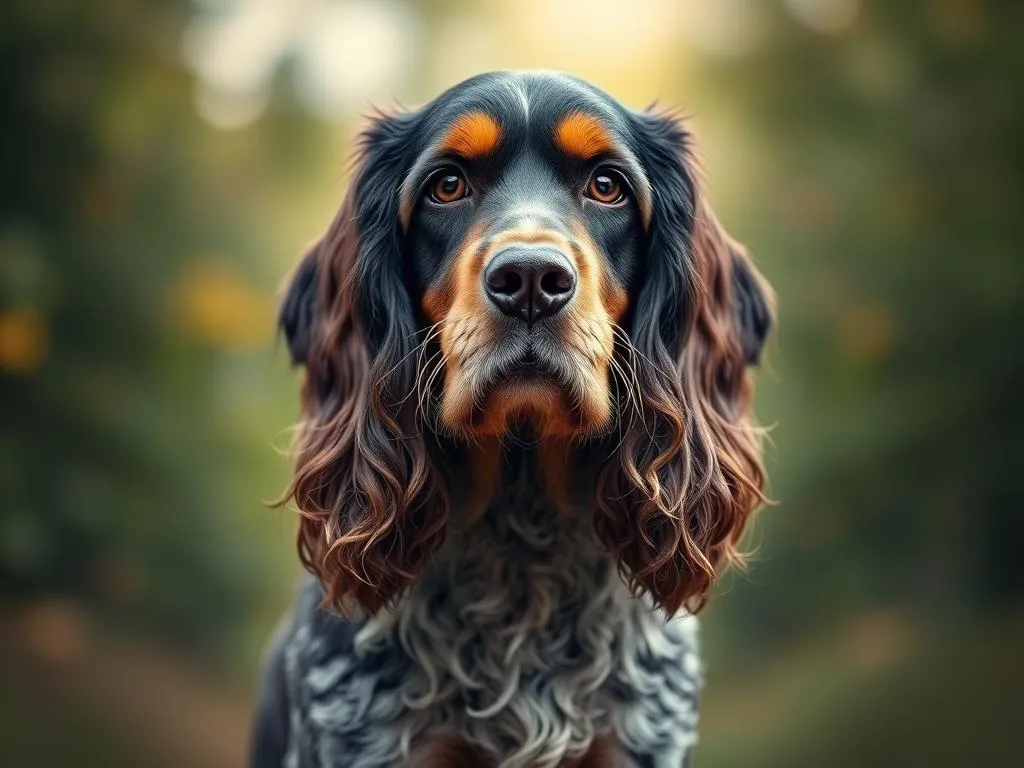
Introduction
Dog breeds play a significant role in our lives, offering companionship, loyalty, and diverse abilities. Among the myriad breeds is the Picardy Spaniel, a unique and lesser-known breed that deserves attention. Understanding the characteristics, care requirements, and personality traits of different dog breeds is crucial for potential owners. This article delves into the fascinating world of the Picardy Spaniel, covering its history, physical traits, temperament, care needs, training, health considerations, and even its cultural impact.
Understanding Dog Breeds
What is a Dog Breed?
A dog breed is a specific group of domestic dogs that share similar characteristics, such as size, shape, and temperament. These traits are often influenced by a breed’s history and purpose. For example, some breeds are designed for herding, while others excel in hunting or companionship. Recognizing these characteristics helps potential dog owners select a breed that fits their lifestyle and preferences.
The Role of Breeding in Canine Traits
Selective breeding has a profound impact on canine traits. Breeders aim to enhance specific qualities, such as temperament and physical attributes, in order to create a breed that meets certain standards. Organizations like the American Kennel Club (AKC) and the Fédération Cynologique Internationale (FCI) establish breed standards to ensure the health and integrity of breeds, which ultimately affects how they behave and interact with humans.
The Picardy Spaniel: An Overview
History and Origin
The Picardy Spaniel originates from the Picardy region in northern France, where it was bred for waterfowl hunting. This breed is one of the oldest spaniels, with roots tracing back to the 14th century. It was developed to work in marshy areas and is known for its ability to retrieve game from both land and water. The breed nearly faced extinction in the 20th century but has since regained popularity, especially among hunting enthusiasts and families.
Physical Characteristics
The Picardy Spaniel is a medium-sized dog, typically weighing between 45 to 65 pounds. They stand about 20 to 24 inches tall at the shoulder. Their coat is a distinctive feature, being long, wavy, and water-repellent, which helps them in their hunting endeavors. The breed comes in various colors, including fawn and chestnut, often with a roan pattern. Their ears are long and feathery, and they have a well-proportioned tail that is often docked.
Temperament and Personality
The Picardy Spaniel is known for its friendly and affectionate nature. They are intelligent, eager to please, and highly trainable, making them suitable for families. Their sociable demeanor allows them to get along well with children and other pets. However, like many hunting breeds, they require regular mental and physical stimulation to prevent boredom and destructive behaviors.
Care and Maintenance of the Picardy Spaniel
Grooming Needs
Grooming is an essential part of caring for the Picardy Spaniel. Their long coat requires regular brushing, ideally two to three times a week, to prevent mats and tangles. During shedding seasons, daily brushing may be necessary. Additionally, routine baths help maintain coat cleanliness and health. It’s also important to check their ears regularly for dirt and moisture, as spaniels are prone to ear infections.
Exercise and Activity Requirements
As an active breed, the Picardy Spaniel requires ample exercise to stay healthy and happy. Daily walks, playtime in the yard, and engaging activities like fetch or swimming are ideal. They thrive in environments where they can run and explore, making them suited for families who enjoy outdoor activities. Aim for at least an hour of exercise each day to keep your Picardy Spaniel fit and mentally stimulated.
Diet and Nutrition
Feeding your Picardy Spaniel a balanced diet is crucial for their health. High-quality dog food that meets their nutritional needs is essential, with a focus on protein, healthy fats, and vitamins. Consult your veterinarian for recommendations on portion sizes and feeding schedules, which typically involve two meals a day for adult dogs. Always ensure fresh water is available at all times.
Training the Picardy Spaniel
Basic Training Techniques
Training a Picardy Spaniel can be a rewarding experience due to their intelligence and eagerness to please. Start with basic obedience commands such as sit, stay, and come. Positive reinforcement techniques, such as treats and praise, work best. Early socialization is also vital; exposing them to various people, pets, and environments helps them develop into well-rounded dogs.
Common Behavioral Issues
Like any breed, the Picardy Spaniel can exhibit behavioral challenges. Potential issues may include separation anxiety, excessive barking, or digging. To mitigate these problems, ensure they receive adequate exercise and stimulation. Addressing behavioral issues early on with consistent training and socialization is key to fostering a well-behaved companion.
Health Considerations
Common Health Issues
The Picardy Spaniel is generally a healthy breed, but like all dogs, they can be prone to certain health issues. Common health concerns include hip dysplasia, ear infections, and allergies. Regular veterinary check-ups and a keen observation of any changes in behavior or health are vital to maintaining their well-being.
Preventative Care
Preventative care is essential for keeping your Picardy Spaniel healthy. Regular vaccinations, flea and tick prevention, and heartworm medication are crucial components of their healthcare routine. Additionally, routine dental care and grooming can prevent various health issues and enhance their quality of life.
The Picardy Spaniel in Popular Culture
Representation in Media
The Picardy Spaniel has made subtle appearances in various forms of media, though they are not as widely recognized as other breeds. Their unique traits and charming personalities have garnered attention among dog enthusiasts, contributing to their growing popularity. As more people learn about this breed, it may lead to greater representation in films and literature.
Recognition and Awards
While the Picardy Spaniel may not dominate the dog show scene like some other breeds, they have received recognition in various competitions for their hunting abilities and companionship qualities. Their participation in hunting trials highlights their skill set, showcasing their capabilities and further solidifying their place among dog enthusiasts.
Conclusion
The Picardy Spaniel is a remarkable breed with a rich history, unique physical traits, and an affectionate temperament. Understanding their care needs, training requirements, and health considerations is essential for any potential owner. As you consider welcoming a new dog into your home, take the time to research and learn about the Picardy Spaniel and its suitability for your lifestyle. This breed can be a wonderful addition to families who appreciate their loving nature and active disposition.
FAQs
What is the average lifespan of a Picardy Spaniel?
The average lifespan of a Picardy Spaniel is around 12 to 14 years, depending on factors such as genetics, diet, and overall care.
Are Picardy Spaniels good with children?
Yes, Picardy Spaniels are known for their friendly and gentle nature, making them excellent companions for children. Proper socialization is important to ensure they interact well with young ones.
Do Picardy Spaniels require a lot of grooming?
Yes, the Picardy Spaniel has a long, wavy coat that requires regular grooming. Brushing several times a week is recommended to keep their coat healthy and free of mats.
Can Picardy Spaniels adapt to apartment living?
While Picardy Spaniels thrive in homes with ample outdoor space, they can adapt to apartment living if provided with sufficient exercise. Daily walks and playtime are essential for their well-being.
What is the best training method for a Picardy Spaniel?
Positive reinforcement training methods work best for Picardy Spaniels. They respond well to praise and treats, making training an enjoyable experience for both the dog and the owner. Early socialization is also crucial for their development.









